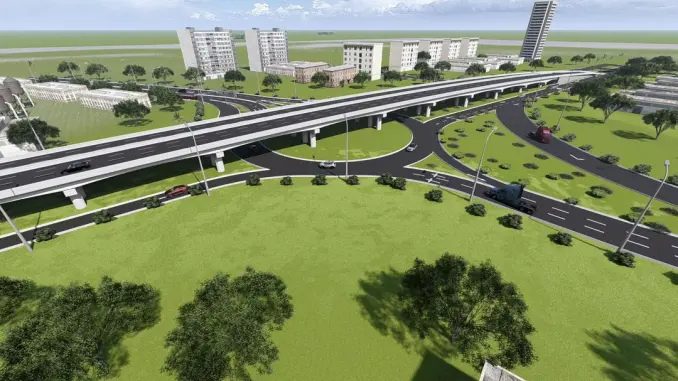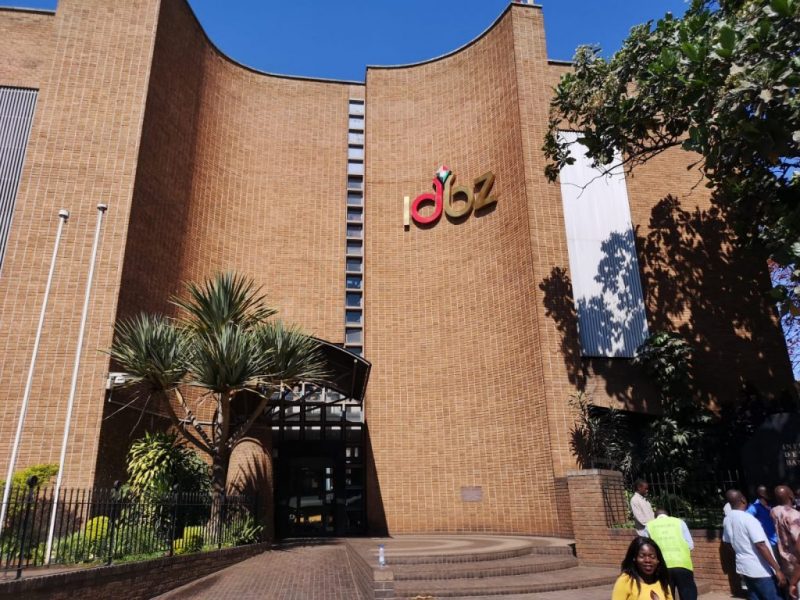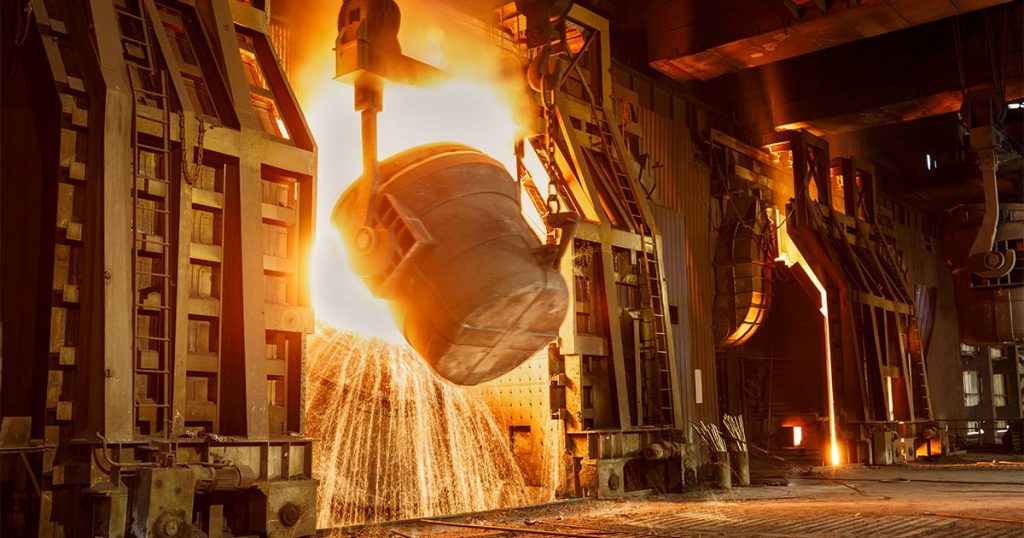Zimbabwe tipped to dominate Africa steel production
Zimbabwe is poised to become Africa’s largest steel producer and seventh in the world when the Dinson Iron & Steel Company Zimbabwe (Disco) plant in Manhize becomes operational, the latest figures from the World Steel Association suggest.
The Manhize plant, being constructed to the tune of US$1 billion, will be commissioned in phases starting with an annual production of 600 000 tonnes, which will be gradually ramped up to 1,2 million in the second phase, 2,4 million in the third phase, and five million in the final phase, according to Disco’s production projections.
The WSA steel production figures released in June 2023 show that Africa produced 1,3 million tonnes of steel in 2022. At 5,5 million tonnes, South Korea was the world’s sixth largest producer.
Before the closure of Zimbabwe’s Iron and Steel Company (ZISCO), Zimbabwe used to be Africa’s largest iron and steel company.
“It’s an economic glory for the country and the continent at large,” the chief operations officer at Zimbabwe Institute of Foundries, Mr Dosman Mangisi told The Herald Finance and Business in an interview.
“Other smaller steel companies will be able to increase production due to the availability of cheap and good quality raw materials. The country will generate more foreign currency through exports and will also help the revival of steel foundries.”
Given the importance of steel and iron products in supporting the operations of many other industries and industrialisation, Zimbabwe’s import bill continues to grow.
In 2021, steel and iron products imports soared to nearly US$410 million from US$306 million a year earlier, according to figures from the Zimbabwe National Statistical Agency, driven by a series of public and private infrastructure programmes.
High-end steel and iron products have also pushed demand up.
According to ZimTrade, potential export markets for Zimbabwe include Zambia, Botswana, Angola, the Democratic Republic of Congo, Malawi, Mozambique, and Namibia.
According to Trade Map, Zambia imported iron and steel worth around US$226 million in 2020, with the majority coming from South Africa (US$113 million), China (US$64 million), Chile (US$27 million), and India (US$3 million). In terms of quantities, Zambia has been importing more iron and steel over the years, from around 58 000 tonnes in 2018 to around 81 000 in 2021.
“Leveraging on Zimbabwe’s short distance to Zambia, there is potential for Manhize Iron Steel Plant to produce products that will compete well in the neighboring country,” said Zimtrade.
In Malawi, most of the iron and steel imports, worth around US$83 million in 2021 came from China. In terms of quantities, Malawi imported 39 000 tonnes of iron and steel in 2021. The other major suppliers in Africa are South Africa, Zambia, and Mozambique. During the same year, Mozambique also imported around 111 000 tonnes, valued at US$99 million. Major suppliers were South Africa, China, Japan, Turkey, and Portugal. Namibia in 2021 imported 26 000 tonnes of iron and steel worth around US$95 million, with major suppliers being South Africa, China, and Zambia.
For DRC, the import value of 46 000 tonnes of iron and steel was valued at US$126 million in 2021, with major suppliers being South Africa, China, Zambia, and Turkey.
“Considering the proximity of these markets, and their current source markets, that are as far as Asia and Europe, there is no doubt that locally produced iron and steel will compete well in the region,” said Zimtrade.
. . .as construction of steel plant power line starts
Oliver Kazunga Senior Business Reporter
CONSTRUCTION of the 100-kilometre electricity transmission line from Sherwood in Kwekwe to the new steel plant in Manhize near Mvuma has started with about 80 kilometre having been covered ahead of the December commissioning deadline.
Chinese steel manufacturer, Tsingshan Holdings through one of its local subsidiaries, Dinson Iron and Steel Company (Disco) is developing a US$1,5 billion integrated steel plant in Manhize, which among other projects entails the construction of the 100-km power line.
Disco project director Wilfred Motsi said between US$700 million and US$750 million has been sunk into the project whose scope of work includes the development of the 100-km transmission line from Sherwood in Kwekwe to the steel plant.
“Between US$700 million and US$750 million has been drawn down and this funding also includes the construction of the road and bridge which we have done and also the electricity transmission line that is now being constructed.
“We have started erecting that power line and I think in terms of wailing and clearance we have covered almost 80km from Sherwood to the plant site.
“What they are also doing at the moment is the mounting of the Zesa pylons.
“Basically, we are starting with the 88KV line and before we start doing the 340KV line,” he said.
The project touted to be Africa’s largest integrated steel plant producing 1,2 million tonnes annually, would be commissioned between November and December this year.
Under the first phase of the investment, Disco will be processing 600 000 tonnes of carbon steel per year for local and export markets.
Once operational, the steel plant is anticipated to significantly cut steel imports in Zimbabwe presently averaging about US$400 million per year by 90 percent according to the company.
The project is also one of the Second Republic’s signature projects expected to contribute significantly to Zimbabwe’s economic growth and hoist the country as a regional iron and steel hub.
The southern African nation lost its status in the early 2000s after the collapse of Zisco.
Against this backdrop, Zimbabwe became a net importer of steel and iron products following the closure of Zisco, which stopped operations in 2008.
Mr Motsi said with the speed at which they are moving, the transmission power line to Manhize is well on course to meet the plant’s December commissioning deadline.
“By December we will be through with the construction of the power line because we have also timed it with the commissioning of the steel plant itself,” said Mr Motsi.
He said the steel plant is almost 70 percent complete with all the foundations for the infrastructure having been completed and some of the equipment have already been erected.
“We are now doing the mechanical work and that entails fitting the equipment on the super infrastructure. In terms of completion, the project is almost 70 percent complete, so basically all the foundations have been done,” said Mr Motsi.
As a result of the activities involved during the construction phase, the Manhize steel plant has so far created 1 700 jobs while over 10 000 people would be employed directly when the company starts operating at full throttle.
The development of the steelworks will also see a new town sprouting as well as a number of infrastructural development projects.
Such projects include a bridge Disco has constructed over Munyati River, the development of a road and rail network and a dam to provide water for domestic use and industrial operations at the steel plant.
An irrigation project is also on the cards in line with the Second Republic’s thrust of stimulating production across all sectors of the economy as enshrined in the National Development Strategy 1 (NDS 1) towards an upper middle-income economy by 2030.
-herald










